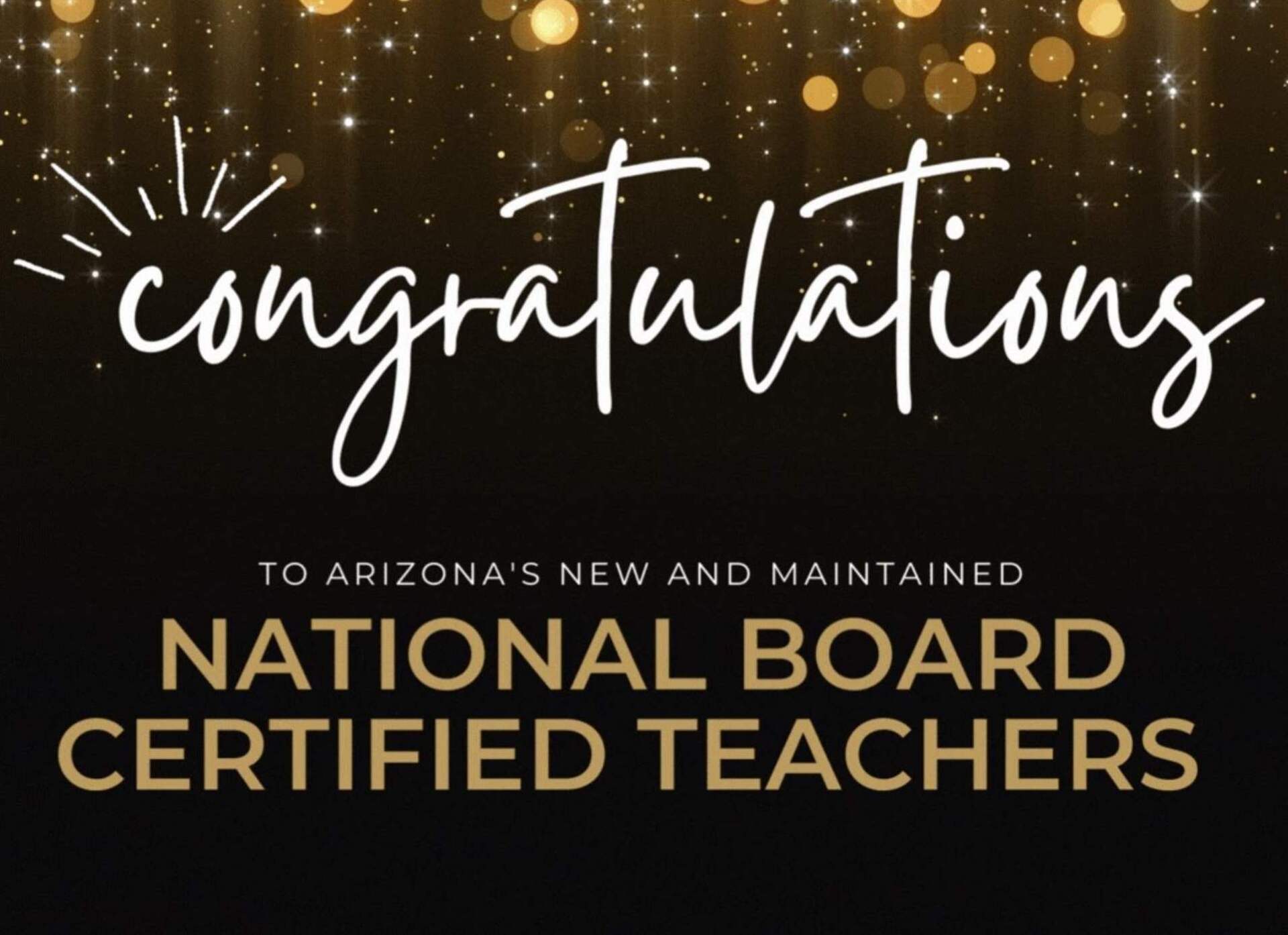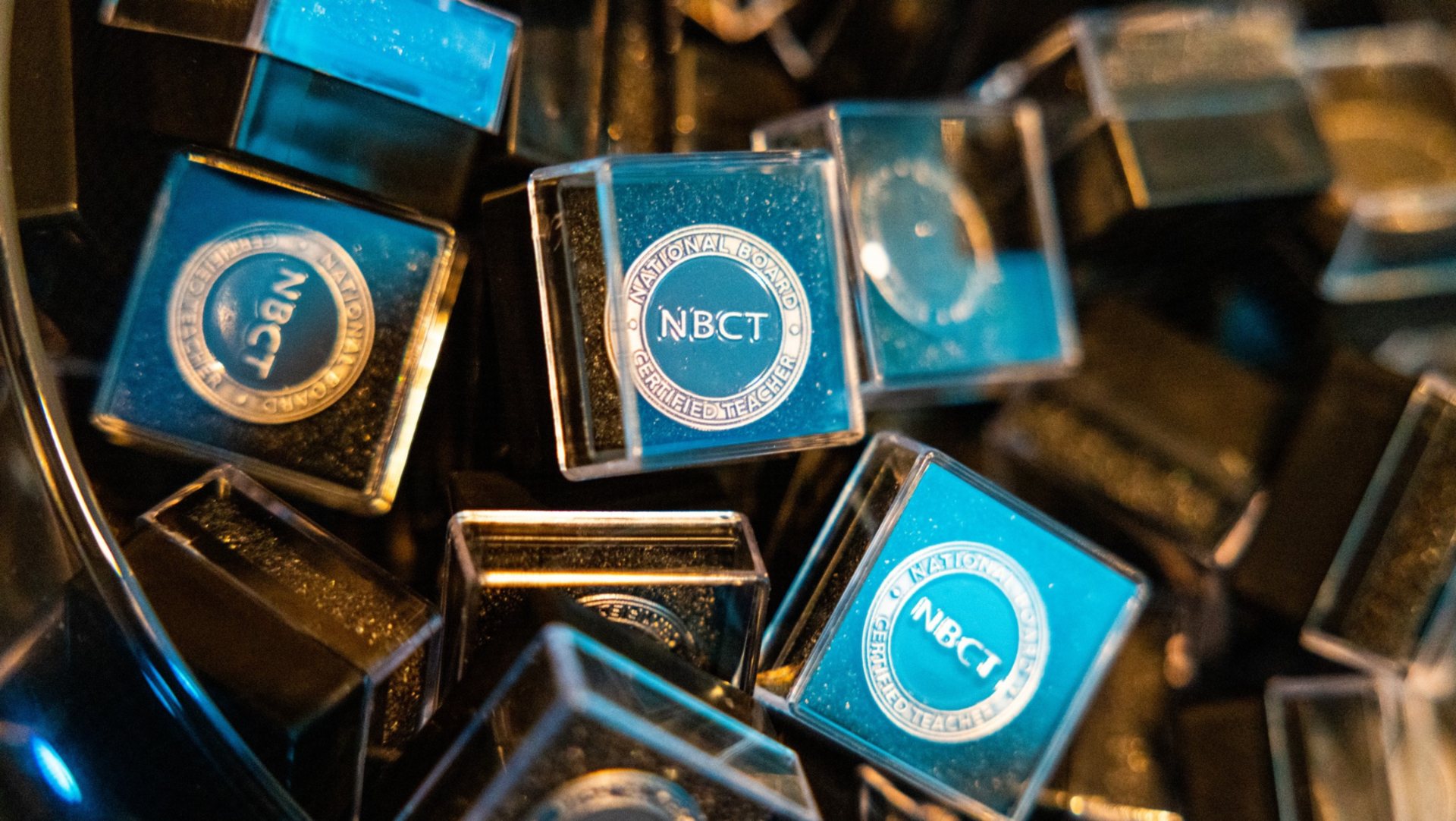December 27, 2016
4 Ways to Engage Your Unmotivated Learners
Reach even the hardest of students with these classroom strategies.
There’s an unspoken conviction that seems to dwell in the best of classrooms: Some students, no matter what, are unreachable. They’re uninterested, they don’t put forth effort — and their teachers have run out of pedagogical tricks.
In roll our excuses. You know ‘em — they tend to start with “Kids these days…” and end with a finger pointed at parents, technology, entitlement, and communities. But the hard lesson I’ve learned is that if these justifications hold truth, there’s only so much (or so little) we can do to change them. Facing the issue always comes back to what we do have substantial control over, and that’s how we run our classrooms.
(You probably saw that coming.)
When talking about unmotivated learners, the stakes are high. Scary high. Poor school performance in the elementary years can lead to unengaged, uninterested highschoolers. This set of older learners is more likely to fail and skip classes — and ultimately drop out. Compacted further, dropouts are going to seriously struggle in adulthood. They won’t qualify for nine out of 10 jobs, and their lifetime earnings will be hugely less.
That’s a lot to take in when you’re just trying to get a fourth-grade girl to complete her homework or a 10th-grade boy to participate in class discussion, but it’s a perspective that is our responsibility to keep. We’re raising citizens, and we want to give them the best shot at lifelong success.
OK, it’s time to be practical and specific. Let’s turn a magnifying glass on our own teaching beliefs and strategies, and how they compare to the research on student motivation.
Relevancy
Students learn best when the material is relevant to their lives. We know this is true; we’ve heard it since our days as student teachers, and yet I’d venture to say we’re not always honest when reflecting on how efficient we are at making the connection between our content and our learners.
Faced with fulfilling all of the standards and prepping for all of the tests, this one gets glazed over — and it’s costing us. Block out the time and take a minute each lesson to explain the relevancy of a concept (like how microorganisms are being used in urban farming or how pop culture references The Odyssey today). Open discussions on how the students feel the week’s content ties in with real life. Bring relevancy inside your classroom by showing videos and bringing in community members to talk about real-world examples. Embrace project-based learning — and live audiences. Change the focus from how students can get an A or a B to how knowledge will give them a leg up in life.
Growth Mindset
This one’s tossed around quite a bit these days, and for good reason. To want to do well, students need to believe that they are capable of improving. It’s our job to build this belief and foster its growth.
This starts with reinforcing positive choices students make and focusing specific praise and feedback on what the student can control, not on something deemed inherent or “fixed.” We live in a society that for so long has sung the song of fixed ability — that an IQ is a concrete marker for potential — that you can only be so good and smart, before you hit a wall. These beliefs aren’t doing anyone any favors; they are squashing our low performers and scaring all learners from trying anything that might make them feel “dumb” or reveal an inadequacy. To motivate our learners, every part of our teaching practice needs to fortify the idea that any learner can get better and that failure is an invitation to track progress and keep trying.
Moving Beyond Extrinsic Motivation
Outside rewards (candy, extra recesses, and treasure box tickets) and punishments (grades, loss of privileges) can get students to do what you want, if it’s easy and uncomplicated — like picking up quickly or lining up for specials quietly. The thing is, research shows again and again that extrinsic rewards diminish motivation when it comes to creative, complex, or long-term tasks.
Overusing extrinsic motivators can destroy learners’ natural motivation and stifle more from budding. There’s a big difference here: On one hand, the student does something because you want them to. On the other, they do it because they are driven from the inside out. When challenging students with a complicated task, focus on how much they’ll grow from the experience and how interesting the assignment will be.
Positive Student-Teacher Relationships
Take a constructive look at how you can build better relationships; there may be more work to be done than you think. Also, it’s likely to be with that same handful of kids whose main discourse with you is whether or not they remembered their homework, caught up on their notes, or made up a test.
When you take time to get to know your students, you must intentionally seek to learn about what they are interested in. More than that, you’ve got to genuinely invest and not let the interest come across as forced or fake. Take time before, after, and during class to get to know students’ personalities and interests. Share yours with them. Build a relationship. Remember that relationships between learners are also essential. Build a safe and compassionate classroom environment that helps break down barriers.
Student motivation is a thorny, ever-complicated issue that we’re teaming up to face together. Keep up the good work, and let’s shake it up to better, while we intentionally serve our at-risk, over-nagged, and most difficult cluster of learners.
Heather Sparks is a writer, educator, and mom of two. An Arizona native, she holds a bachelor’s degree in secondary education and a master’s degree in gifted education from Arizona State University.











